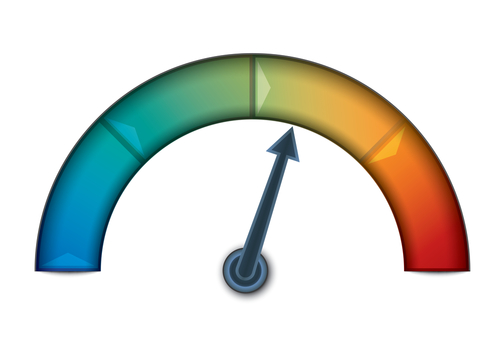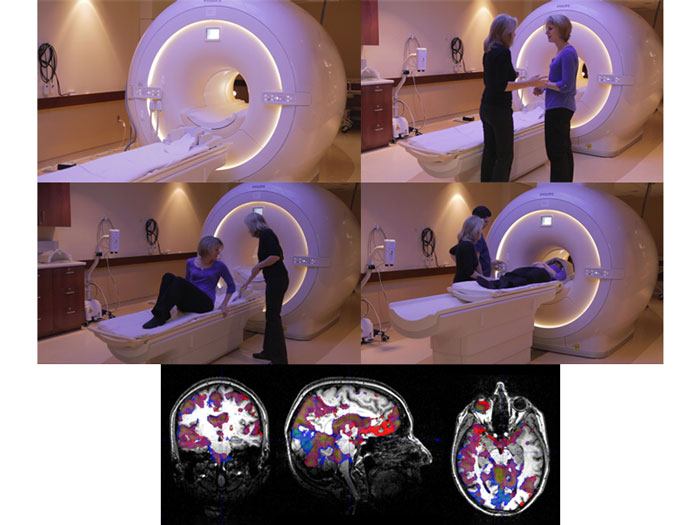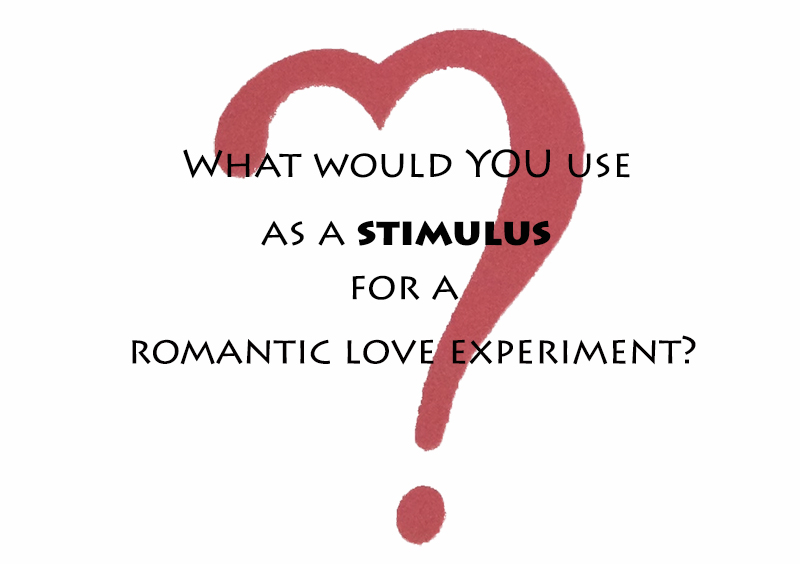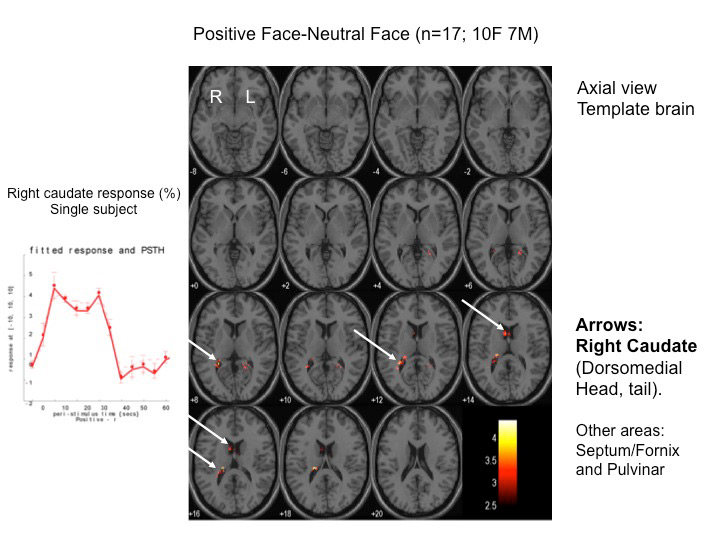
The Love-O-Meter.
Even before we put lovers into the scanner, we designed a lab experiment to measure the impact of several stimuli likely to elicit romantic craving. We jokingly called our device for this purpose the Love-O-Meter.
We asked students from Stony Brook University who were madly in love to come into the lab with photographs, letters, e-mails, birthday cards, music tapes, colognes, and other mementos of their romance. They carried them like treasures. Then we hooked each individual up to a lie detector (which we didn’t reveal was broken) and asked them to turn a spring-loaded dial on a machine as they responded to various stimuli.
First the participant was shown the photograph of their beloved, then a neutral photo of nature. Second, each read a love letter from the beloved, then a paragraph from a statistics book. Third, each smelled the scent that reminded them of the beloved, then water containing weak rubbing alcohol. Fourth, each was asked to recall a wonderful moment with the sweetheart, then a mundane event such as the last time they washed their hair. Fifth, each heard a song they associated with their beloved, then a song sung on the children’s TV show, Sesame Street. Last, each participant was asked to imagine an exhilarating future event with the beloved, then a mundane incident such as brushing their teeth. And each assignment was interspersed with a distraction task: mentally counting backwards in increments of seven.
Feelings of intense romantic love were triggered almost equally by photographs, songs and memories of the beloved.
We decided to use a head-shot of the romantic partner to generate feelings of romance while the participant was in the scanner, and to ask them to remember romantic times. This was our Positive stimulus.



